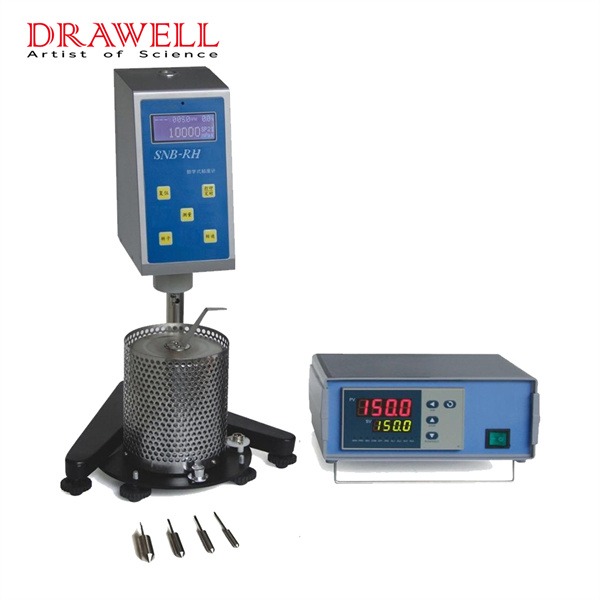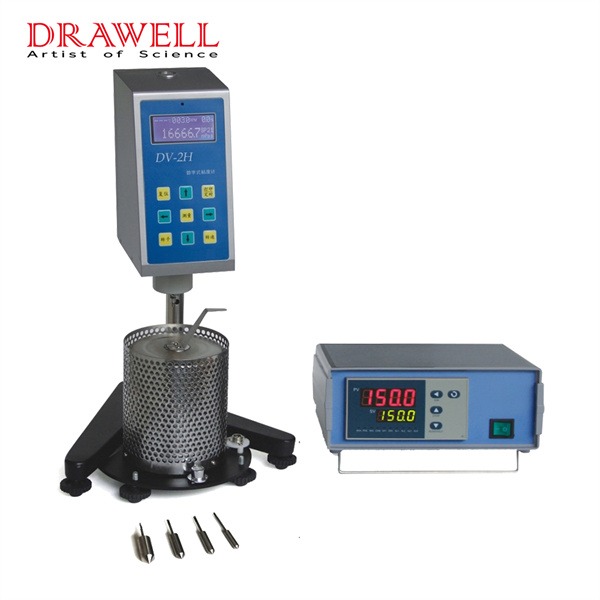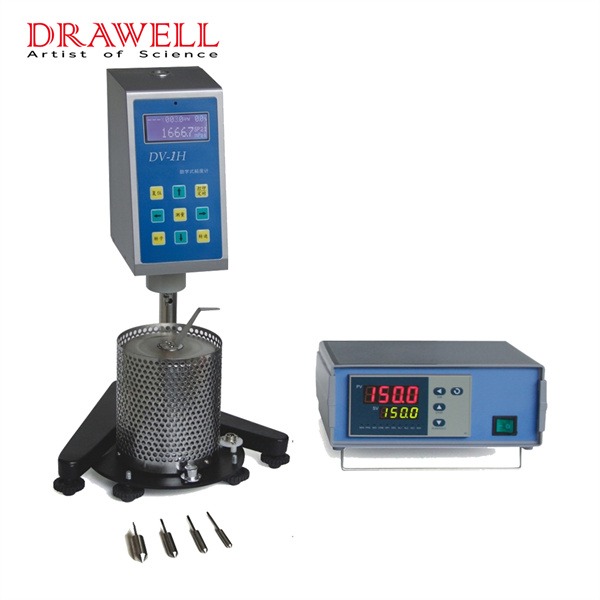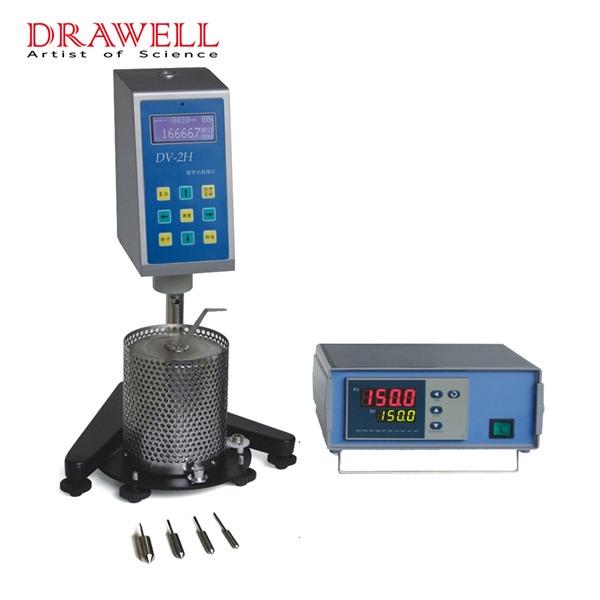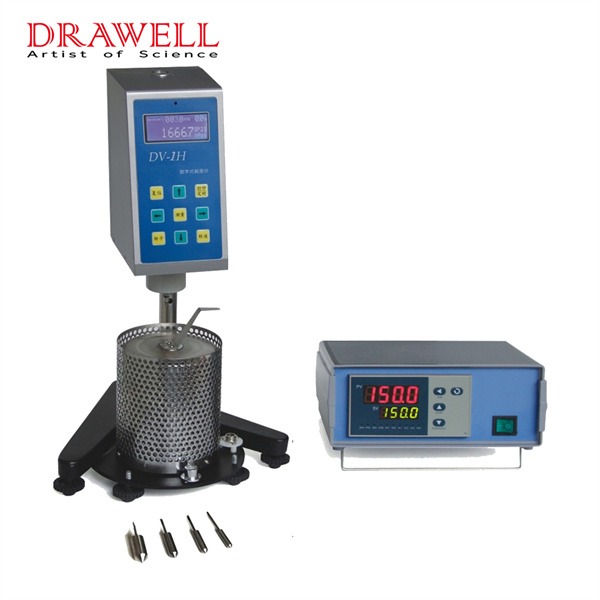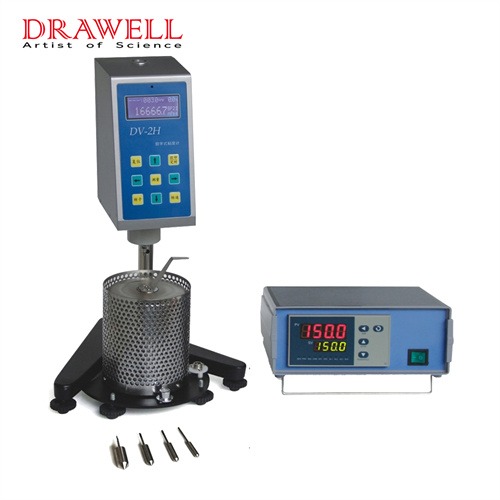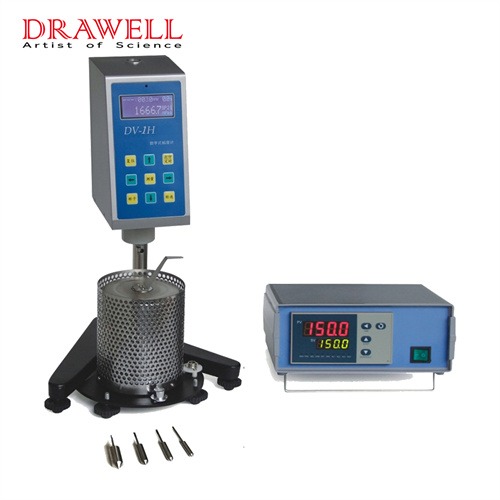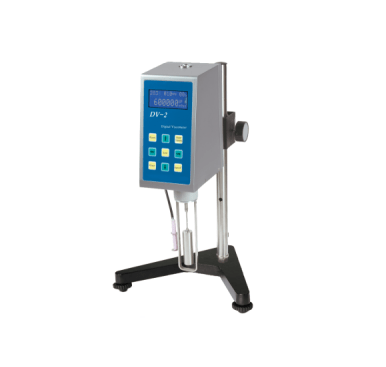In the realm of fluid dynamics and material science, understanding viscosity is crucial for various industries such as pharmaceuticals, food processing, and manufacturing. Measuring viscosity accurately is where digital viscometers come into play. These instruments offer precise and efficient solutions for determining the flow properties of liquids. In this article, we will delve into the types of digital viscometers available and provide insights on how to choose the right one for specific applications.
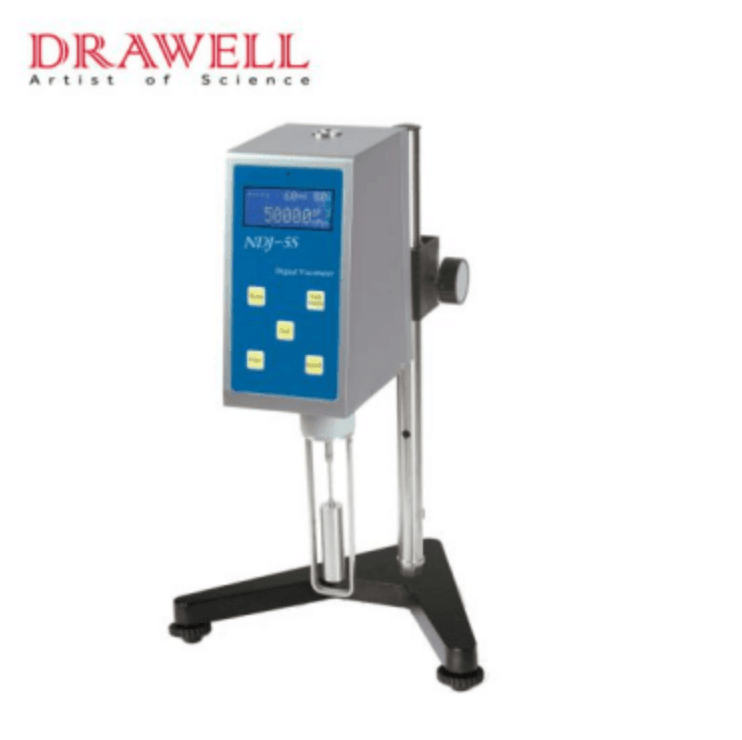
Types of Digital Viscometers
There are several different types of digital viscometers, each with its own strengths and weaknesses. The most common types of digital viscometers include:
1. Rotational Viscometers:
Rotational viscometers are among the most common types, utilizing the principle of rotating a spindle in a sample fluid. The torque required to rotate the spindle is measured and correlated with viscosity. Drawell have two types of Viscometer: NDJ and DV series digital viscometer. These viscometers are versatile and suitable for a wide range of applications, including paints, polymers, and oils.
2. Capillary Viscometers:
Capillary viscometers operate on the basis of fluid flow through a narrow tube. The time taken for a fixed volume of fluid to pass through the capillary is measured and used to calculate viscosity. This type is often preferred for applications where small sample volumes are available or when dealing with highly viscous fluids.
3. Vibrational Viscometers:
Vibrational or oscillating viscometers determine viscosity by analyzing the damping effect of a vibrating element immersed in the fluid. The rate at which the vibration diminishes is proportional to viscosity. These viscometers are particularly useful for applications involving minimal sample handling and where rapid measurements are required.
4.Torsional Viscometers:
Torsional viscometers operate by applying a twisting force to a sample fluid and measuring the resulting angular displacement. The resistance to this twisting motion provides information about the viscosity of the fluid. Torsional viscometers are suitable for both Newtonian and non-Newtonian fluids.
5.Cone-and-Plate Viscometers:
Cone-and-plate viscometers consist of a rotating cone and a stationary plate. The torque required to rotate the cone is measured and used to calculate viscosity. These viscometers are often employed in applications where precise control of temperature and shear rate is essential.

Here is a comparison of the specific applications of different types of digital viscometers:
| Viscometer Type | Description | Specific Applications |
| Rotational viscometer | Measures viscosity by rotating a spindle or rotor immersed in the fluid | Widely used for a wide range of fluids, including paints, resins, adhesives, polymers, food products, cosmetics, and pharmaceuticals |
| Capillary viscometer | Measures viscosity by measuring the time it takes for a fluid to flow through a capillary tube | High-precision measurements, suitable for polymers, oils, lubricants, and other liquids with well-defined properties |
| Vibrational viscometer | Measures viscosity by vibrating a sensor immersed in the fluid | Low-viscosity fluids, oils, solvents, pharmaceuticals |
| Torsional viscometer | Measures viscosity by twisting a sample and measuring the resulting resistance | Suitable for high-viscosity fluids, polymers, and composite materials |
| Cone-and-plate viscometer | Measures viscosity by rotating a cone over a plate immersed in the fluid | Highly accurate and versatile, suitable for a wide range of fluids, including high-viscosity materials |
Choosing the Right Digital Viscometer
The sheet form above has list the specific applications of different types of digital viscometers. But if you still not have no idea, you can follow the tips as follows. Selecting the appropriate digital viscometer for a specific application involves considering several factors:
- Viscosity Range:
Different viscometers are designed to handle specific viscosity ranges. Ensure that the chosen viscometer can accurately measure the viscosity of your sample, taking into account both low and high viscosity requirements.
- Sample Volume:
Consider the volume of your sample. Capillary viscometers are suitable for small volumes, while rotational viscometers are more versatile and can handle larger sample sizes.
- Temperature Control:
Some applications require precise temperature control. Choose a viscometer with temperature control features, especially if your samples exhibit temperature-dependent viscosity changes.
- Shear Rate:
Understanding the shear rate at which your fluid behaves is essential. Different viscometers offer varying shear rates, so choose one that aligns with your application requirements.
- Sample Characteristics:
Consider the nature of your sample, whether it is Newtonian or non-Newtonian. Certain viscometers are better suited for complex fluids with non-linear viscosity behavior.
- Ease of Use and Maintenance:
Opt for a viscometer that aligns with your laboratory’s proficiency level. Easy-to-use instruments with minimal maintenance requirements can enhance workflow efficiency.
- Budgetary Constraints:
While it’s crucial to meet your application requirements, consider your budget constraints. Digital viscometers vary in price, and finding the right balance between features and cost is essential.
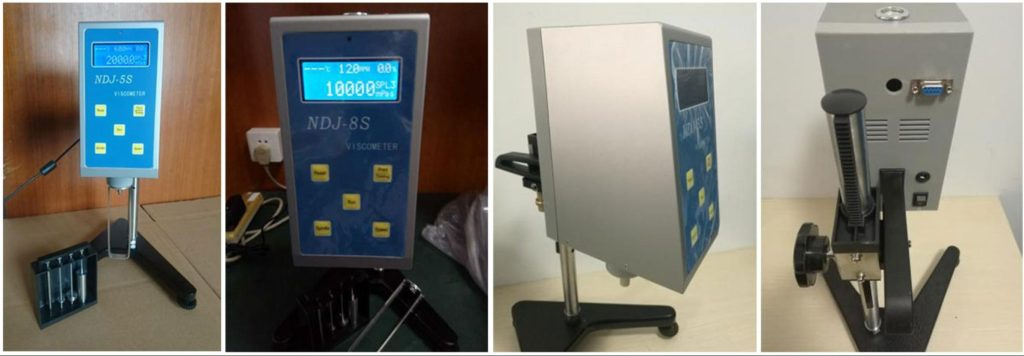
Conclusion
In conclusion, the world of digital viscometers offers a range of options to cater to diverse applications. By understanding the principles behind different types of viscometers and considering factors such as viscosity range, sample volume, temperature control, and budget, one can make an informed decision when selecting the most suitable digital viscometer for specific needs. As technology continues to advance, these instruments will likely become even more sophisticated, providing further precision and reliability in viscosity measurements across various industries.

